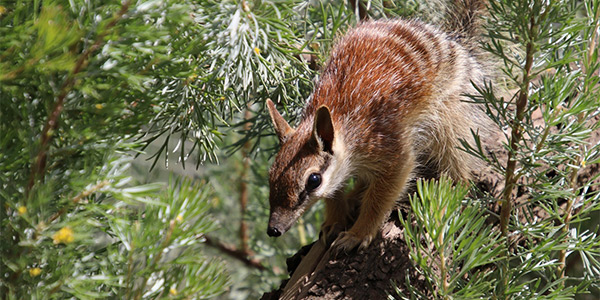
Numbat
Say hello to WA’s mammal emblem the Numbat! While they might not be a fierce predator, they are very tactical. Since they’re not strong enough to break into termite mounds, they stalk the mounds until the termites come into easy to reach places.
You can see the Numbat at the Zoo in the Australian Bushwalk.
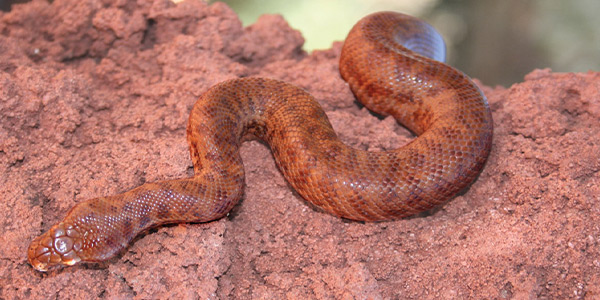
Pygmy Python
Don’t let their size fool you, these little guys hold a pretty big title of being the world’s smallest python. Reaching up to 61cm in length and weighing up to 200g, Pygmy Pythons can often be found lying in the nooks and crannies of termite mounts or in rock crevices. While they aren’t venomous, they can still bite!
You can see a Pygmy Python at the Zoo in the Australian Reptile Encounter.
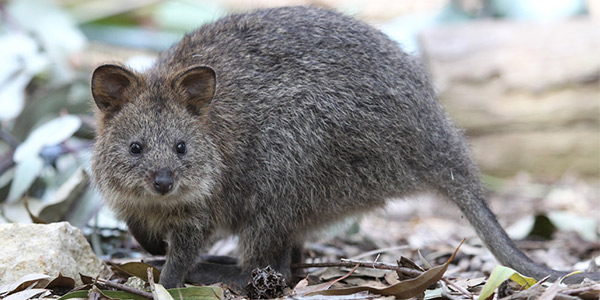
Quokka
Aside from being Instagram famous, Quokkas are known for being one of the smallest wallaby species in Australia! They are also the only mammal that is native to Rottnest Island. In fact, the early Dutch explorers named the island ‘Rotte nest’ which means ‘rat nest’ in Dutch because they thought the Quokkas inhabiting the island were giant rats!
You can get a personalised video message from a Perth Zoo Quokka!
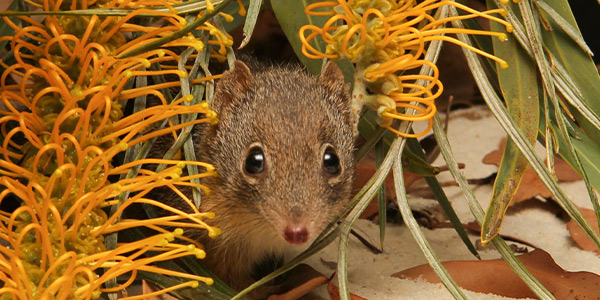
Dibbler
A little Aussie battler, the endangered Dibbler was thought to be extinct by the 1900s only to be rediscovered by chance on Cheyne Beach in 1967!
Standing just a little bigger than your average house mouse, the Dibbler has a very distinctive white ring around their eyes and a very long, pointed snout.
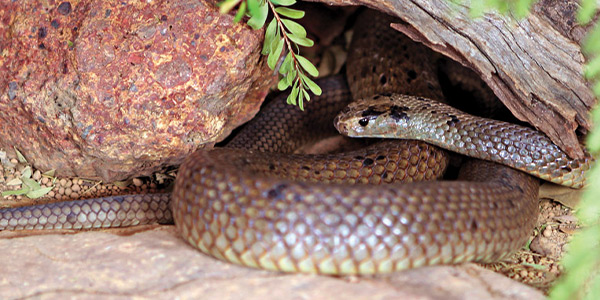
Dugite
Danger! Found in the south-west of Australia, Dugites are a venomous brown snake. Even though they’re slightly less venomous and much less aggressive than their east coast cousins, they will defend themselves if cornered. So, it’s best to leave them alone if you see one in the wild.
You can see a Dugite at the Zoo in the Australian Reptile Encounter.
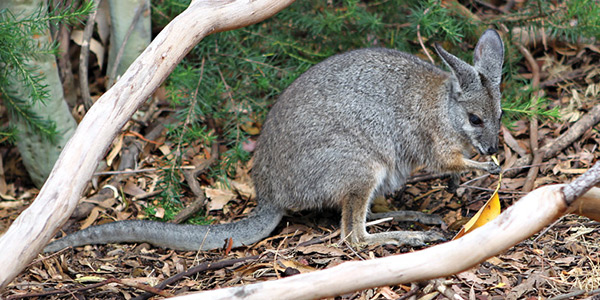
Tammar Wallaby
Not just a cute face, the Tammar Wallaby has adapted to living in some of Western Australia’s remote and waterless islands with this very distinctive drinking habit. Wallabies found on Houtman Abrolhos Islands and Garden Island can drink sea water.
You can see a Tammar Wallaby in the Australian Bushwalk.
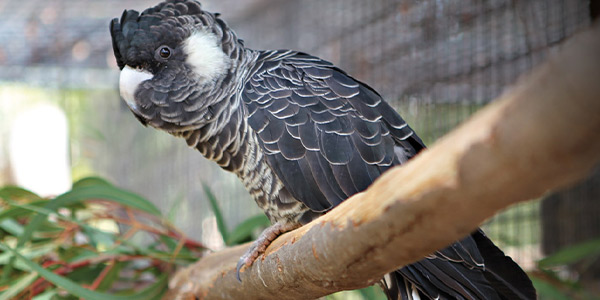
Carnaby’s Cockatoo
As a much-loved WA icon, it might come as a surprise that the Carnaby’s Cockatoo is an endangered species. These impressive birds are just one of two species of white-tailed black cockatoos in the world! A bit of a romantic at heart, Carnaby’s Cockatoos will pair for life and the dad will fly over 12km a day to find his lady love food while she’s busy incubating the eggs.
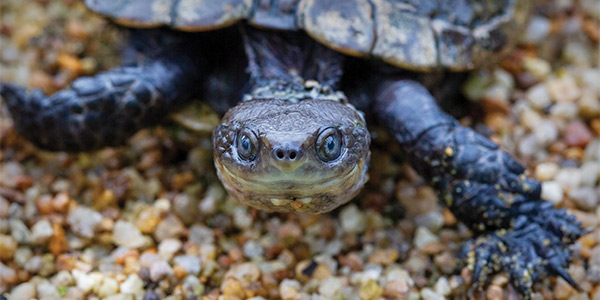
Western Swamp Tortoise
Once believed to be extinct, the Western Swamp Tortoise is the most endangered Australian reptile. These cute critters live both on land and in waterways, which means they can be referred to as both a tortoise and a turtle. They live in swamps that only fill during winter and spring. When the swamps are dry they will dig holes in the ground or under deep leaf litter to aestivate (summer equivalent of hibernation).
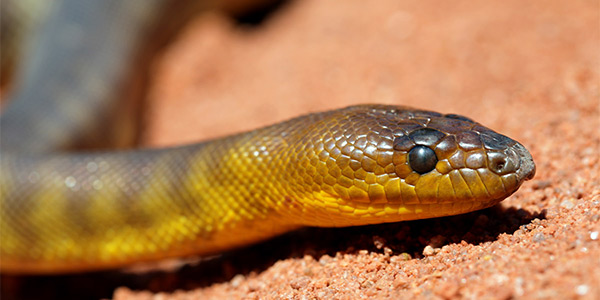
Woma
‘Whoa, Ma! It’s a python!’ Dad jokes aside, the Woma is a nocturnal snake that shelters in hollow logs or burrows during the day.
Our slithering friend has a very interesting and unique hunting technique. Unlike most pythons who will only constrict their prey, womas also specialise in crushing their prey against the wall of their burrows.